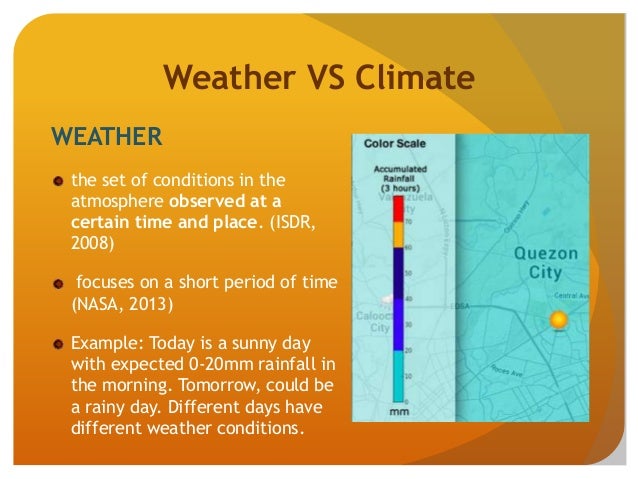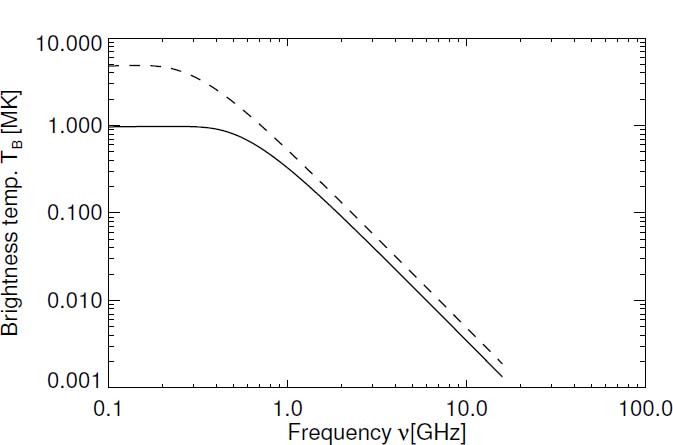

Red indicates regions with high temperatures and activity, blue and green for colder areas. How do we know how hot it is? False-color 3-layer composite from the TRACE satellite, showing the solar corona for a “moderately active Sun”. The main component of the heliosphere is magnetic, and it has a key part to play in forming the Sun’s shield around our solar system. While emissions such as solar winds or flares can send super-heated, charged particles flying off from a star into its heliosphere, this is much cooler than the layers we’ve discussed previously. The corona might be so hot due to ‘ nanoflares‘, but we’re still unsure.īeyond the corona lies the Sun’s extended atmosphere, the heliosphere, which is less of a layer per se and more of an area of influence that the Sun exerts. This is less of a hard boundary and more of a chaotic, ever-churning sea of clouds. The corona and chromatosphere are kept separated from this layer by a transition zone of highly-ionized helium atoms. These range between 1 million ☌ and 10 million ☌ (roughly 1.7 – 17 million ☏), according to the National Solar Observatory (NSO). In fact, it has average temperatures at the same order of magnitude as the core, although they are still lower. A bit unexpectedly, temperatures shoot back up in this layer, despite it being the farthest away from the core. Lastly, there is the corona - the Sun’s crown. We know these two layers exist because their relatively mellow conditions allow for simple molecules such as water and carbon monoxide to survive, and we’ve picked up on their spectral emissions. In relative terms, temperatures in the photo- and chromatosphere aren’t that high - a candle, for example, burns at around 1,000 ☌ (1,800 ☏). Our first image of a sunspot, taken on Januby the NSF’s Inouye Solar Telescope’s Wave Front Correction.Coronal loops, bands of ionized gas trapped by the Sun’s churning magnetic fields, photographed by NASA’ TRACE.This color is emitted by the high content of hydrogen gas in the chromosphere. But, during a solar eclipse (when the moon covers the sun), this is the really fancy bit you see around its outline, the red rim surrounding the Sun. Light from this layer is thus dimmer, and we don’t usually see it. The next layer, the chromosphere (‘sphere of colors’ in ancient Greek), is a tad cooler, at about 4,320 ☌ (7,800 ☏) on average. Areas of intense electromagnetic activity produce sunspots, which are darker and cooler than their surroundings temperatures in the center of a sunspot can drop to lows of 4,000 ☌ (7,300 ☏).

This zone represents the upper layer of the Sun’s core, and temperatures here are believed to be around 2 million ☌ (3.5 million ☏). It spends up to 1 million years here, before finally managing to escape the strong gravity and electromagnetic fields and reach the convective zone. Energy from the core moves out to this area, carried by bodies of superheated, ionized atoms, where it becomes trapped. The next layer of the star is its ‘radiative zone’. To the best of our knowledge, temperatures at the core of the Sun can reach in excess of 15 million ☌ (27 million ☏), which is a lot. This is ideal, because such extreme conditions are needed for fusion to take place. Temperatures, too, are extremely high, due to how compressed everything gets. Due to the sheer mass of gas pressing down on the core, ambient pressure here is immense. Here is where the fusion reaction that drives the star actually takes place. There’s a lot of variation here.įirst off is the Sun’s core. It depends on a lot of factors - mostly on exactly where you’re taking the measurement.

Still, not all of them are equal, and heat seems to be the baseline that all others eventually degrade into. Even so, it’s much more than we’d know what to do with, and only about 1% of it is enough to keep all the plants on Earth alive.Įnergy is never lost or created, but transformed from one ‘flavor’ into another. Just a fraction of its output reaches our planet, since a lot of it is lost in transit, reflected, or radiates away from Earth and into the void. It’s very fortunate for us, then, that the Sun produces a monumental amount of energy. Almost all life on Earth is fed by plants capturing sunlight. It drives winds, and it powers rain cycles.
Sun corona vs center temperature skin#
We see that energy as sunshine, feel it hot on our skin on a clear day. Image credits NASA.Ī lot of the things happening on Earth are, ultimately, fueled by energy from the Sun. Colored gold-yellow, with active regions being brighter for “a particularly Halloween-like appearance”. A ‘Pumpkin Sun’ composite image created by NASA in 2014. Today, we’re going to look at why this is, and how we know. However, the Sun has a complicated interior structure, and surprisingly large temperature variations, both on and under its surface. The Sun is a ball of nuclear plasma so large its own weight keeps it from exploding.


 0 kommentar(er)
0 kommentar(er)
